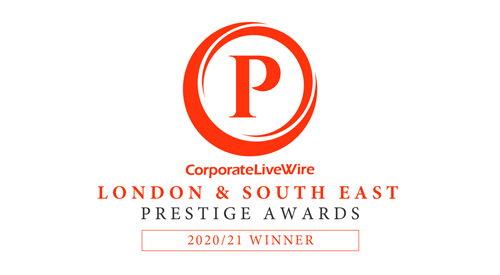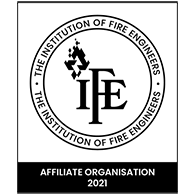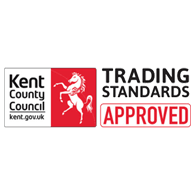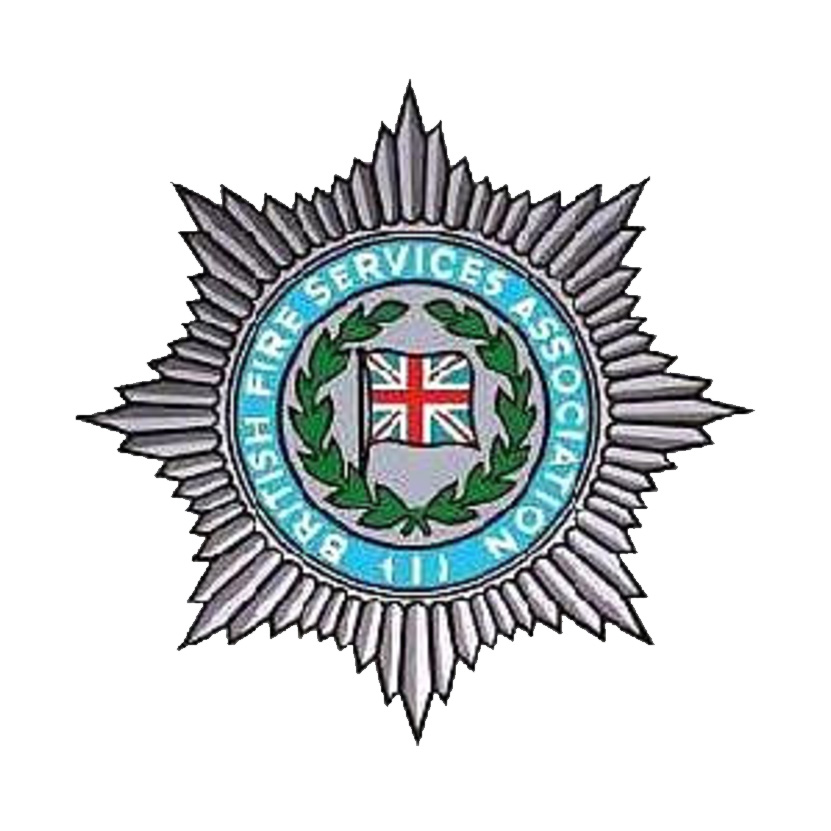HMO Fire Risk Assessment London
If you are a landlord or investor with an HMO then there are some important things that you need to be aware of in regards to fire safety and prevention.
This type of property is more complicated than a buy-to-let, and requires not only that you acquire a licence from your local council housing department which ensures the property is correctly managed and meets the necessary safety standards, but also that you adhere to relevant fire and safety legislation.
The specialists at T2 Fire are here to help owners of HMO properties to better protect their buildings, their tenants and their investment through reliable, cost-effective HMO fire risk assessment services.
T2 Fire Award Winners






What is a HMO Property?
HMO stands for a ‘House in Multiple Occupation‘ which is a building or part of a building such as a house or flat that is;
– Occupied by more than one household sharing at least one amenity such as a toilet, bathroom or kitchen.
– A building that is occupied by more than one household and has been converted into flats that aren’t entirely self-contained and are either lacking or have to share amenities.
– Converted, self-contained flats that do not meet the minimum standard requirements of the 1991 Building Regulations and more than a third of the flats are privately rented.
– The Local Housing Authority (LHA) has made an HMO declaration under section 255 of the Housing Act 2004.
Who Is Responsible for the Fire Safety of a HMO?
Where there are multiple families, households and different groups of people living within the same building or property, the risks can skyrocket, which is why it is so important to take fire safety seriously.
The Regulatory Reform (Fire Safety) Order 2005, states that housing providers have to risk-assess their properties for fire safety and take adequate precautions to reduce identified risks and manage any that remain. Article 6 of the FSO (Fire Safety Order) specifically states that this does not apply to private domestic areas, but it does for any shared areas of living accommodation such as a communal kitchen, hallway, bathroom, stairs, boiler rooms, lift shafts, lounge area etc.
This means that the FSO applies to the:
- Common parts of HMOs (but not shared houses)
- Communal parts of buildings which contain flats and maisonettes
- Common parts of sheltered accommodation
It is the responsibility of the buildings landlord to arrange a fire risk assessment, whether that’s the owner (freeholder), a managing agent, residents’ management company or right to manage company.
Proud Members Of










What is a HMO Fire Risk Assessment?
The Regulatory Reform (Fire Safety) Order 2005 (FSO) requires that it is the duty of the person responsible for HMO accommodation to take every reasonable precaution to ensure the safety of the premises and the people living in them. A fire safety risk assessment is a methodical, organised inspection of your HMO premises in order to identify any issues, problems or shortcomings that might be a potential fire hazard.
The main aims of a fire risk assessment are;
- To identify and evaluate fire hazards
- Remove the hazards or add control measures to reduce the risk to as low as possible
- Implement suitable safety precautions
- Put in place appropriate fire precautions and management arrangements to ensure the safety of those within the building
It is the duty of the Responsible Person to keep a detailed, written record of the risk assessment findings and any actions that were taken as a result.
The responsible person has a legal obligation to ensure that an appropriate fire safety risk assessment is carried out and that any findings are acted upon, failure to do so is an offence that could result in prosecution, fines or even imprisonment.
Fire Risk Assessment HMO London
Fire safety is not something to be taken lightly, especially when the consequences can be potentially catastrophic, not just for your properties but for those who live within them.
Don’t leave anything to chance, at T2 Fire our qualified experts deliver fire risk assessment HMO services that can provide you complete peace of mind and help to protect your buildings and residents.
Get in touch today and one of our friendly advisors will be happy to answer any questions you may have.
